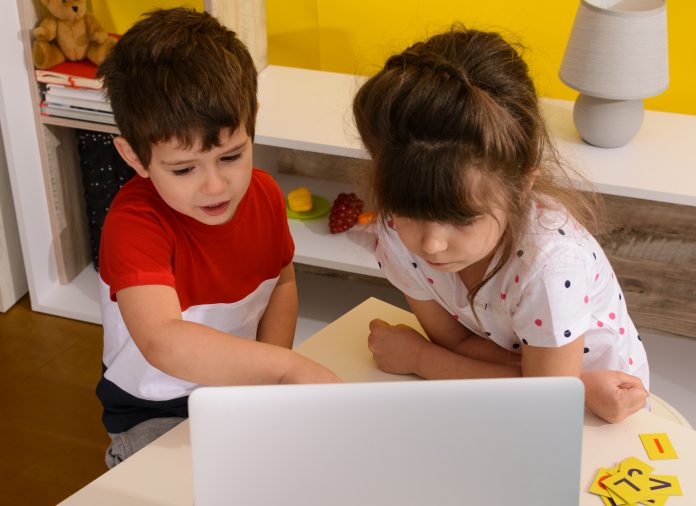Simon Carter, Director at RM Education says that COVID-19 created deep-rooted education changes in the UK, and that we must now strengthen the world of online learning
Last week, the UK Prime Minister announced a second lockdown – much to the chagrin of those of us hoping for a speedy descent into Christmas – during which – unlike pubs and restaurants – schools, colleges and universities were asked to remain open. Whilst not all parties were united in that decision on education changes, everyone is of the view that the education of our children must continue.
The question – however – is whether all students must always be taught in classrooms . During the first national lockdown, we had no choice – schools were forced to close their gates to all but the vulnerable and children of key workers, forcing many to learn online – in most cases for the first time.
While it’s true that the Government was quick to announce funding for institutions’ remote learning platforms – thereby alleviating some of the added costs of COVID-19 on stretched school budgets – work still had to be done on the ground to prep students, teachers and parents for this digital step-change. And, given the rare opportunity to rethink our education system entirely, schools rose to the challenge and moved to remote learning in their droves over the summer.
Even though the instruction this time is to keep schools open, with so many pupils (and teachers) self-isolating, remote learning is now a core component of all teachers’ repertoires– and all the logistical gymnastics that entails. Given that these education changes are here to stay, it’s time to get schools’ online offerings in order once and for all. Whether it be a snow day, a local lockdown, or a broken-down heating system, it’s imperative that education remains a constant for all children.
First, implement a clear IT strategy and pinpoint an IT partner
After all, the global pandemic has proven that technology is no longer a luxury – it underpins everything we do.
Now that schools are being called upon to work with private tutoring organisations to help plug some of the learning gaps created by COVID-19, it’s especially important that there’s an effective IT strategy in place that not only students can use, but also external education professionals – from commercial tutors, to Ofsted inspectors. If schools haven’t already, now is the time to sit down with the IT department and figure out what strategy will work best for you and your pupils.
And, in most cases, partnering with a technology provider that can guide you through the process is a big part of the answer. Schools are the experts in education, but they cannot be expected to carry the same level of knowledge of IT and technology systems. Moving to remote learning without an established partner is often when issues can arise – such as installing sophisticated (and often expensive) technology in schools without being sure of how best to utilise it.
A partner can bring best practice to your school, letting you focus on what’s really important to your institution – the education of pupils. To put it concisely, as one of the schools we work with in Hull recently told us, the business case for having a technology partner at hand, is simply that it allows the headteacher at that school to “sleep soundly at night”.
Be brave and don’t stifle experimentation
This is an important one. The reason that schools, pupils and parents have become so au fait with online learning so quickly is because they had to – they had no choice. Moving forward, it’s about schools being confident that the decisions they make are the right ones and being assertive so that the move to online learning, or indeed a new platform or method of teaching, can be swift and effective.
After all, the last six months have been as much of a new experience for parents as it has for school staff and pupils. If schools are transparent with all involved about what’s needed to facilitate a remote or blended learning approach, parents are much more likely to get involved – and it can even bring a school community closer.
In that same vein, it’s just as important for parents and pupils to be creative themselves and feel part of the change. Any recommendations when it comes to using Microsoft Teams for parents evening, for instance, or moving to Google Docs because some families find them easier to use, are an indication of positive change and should be embraced and encouraged.
Get rid of those old PCs
Quite simply – while school budgets are always challenging, the more modern your devices are, the faster they will run, the easier they will be to use. Recent research from BESA suggests a third of computers in schools are deemed ineffective due to age, specification or conditions. Teachers and students are much more likely to engage with technology if it just works – no long boot up times or system crashed.
There’s no question that the education sector has faced unprecedented challenges as a result of COVID-19. But the pandemic has also fast-tracked the sector into the digital age and now is the time for schools to build on that momentum and stay ahead of the curve – both now and in future.











